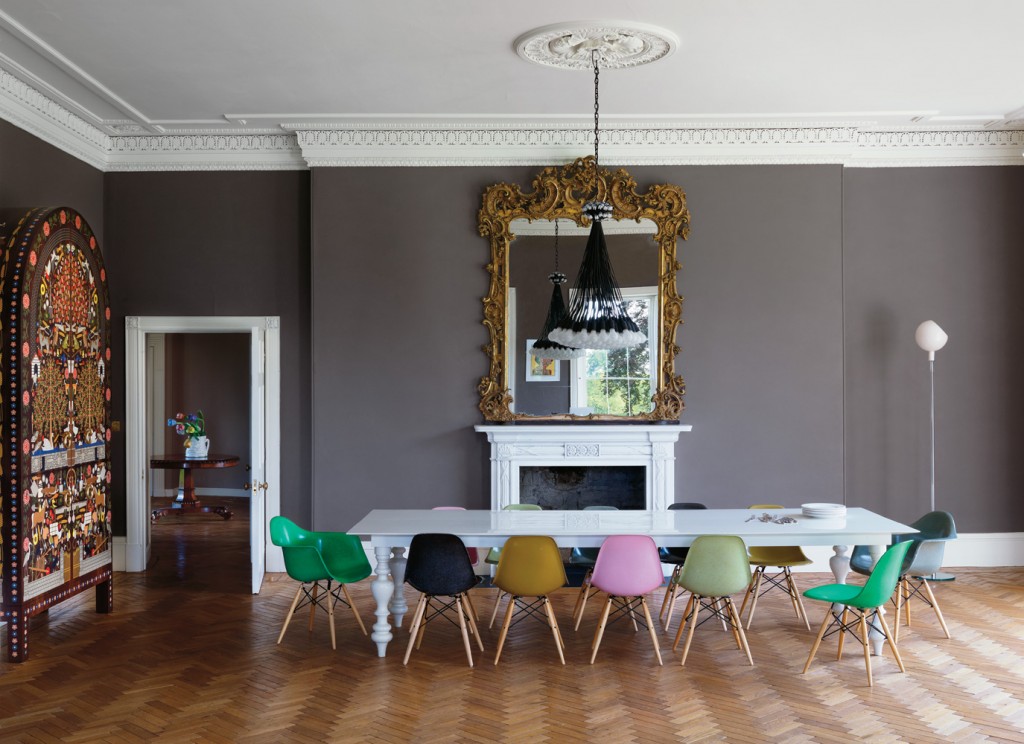
Charles and Ray Eames were responsible for some of the most iconic designs of the 20th century; that lounge chair and ottoman, those ball coat hangers you see everywhere and the Eiffel chair as well as several children’s toys.
The Eiffel was the first mass produced plastic chair. It was originally created in metal and won second prize in a international competition for low-cost furniture organised by The Museum of Modern Art in 1948. This first version had a base that could be customised depending on where you wanted to use the chair; either the office or the home. None of the other entries, which were all anonymous, included such variations.

The metal shell was later changed to fibreglass and these days is made from recyclable polypropylene. According to Charles’ grandson, Eames Demetrious, he was never happy with the fibreglass reinforced plastic which didn’t have flat matt finish he desired but it wasn’t until after his death in 1978, that the technological advances were made which could achieve what he wanted.
The chairs were moulded into an organic shape that would cradle the body making the chair supremely comfortable. It was both light and strong and proved an immediate hit.
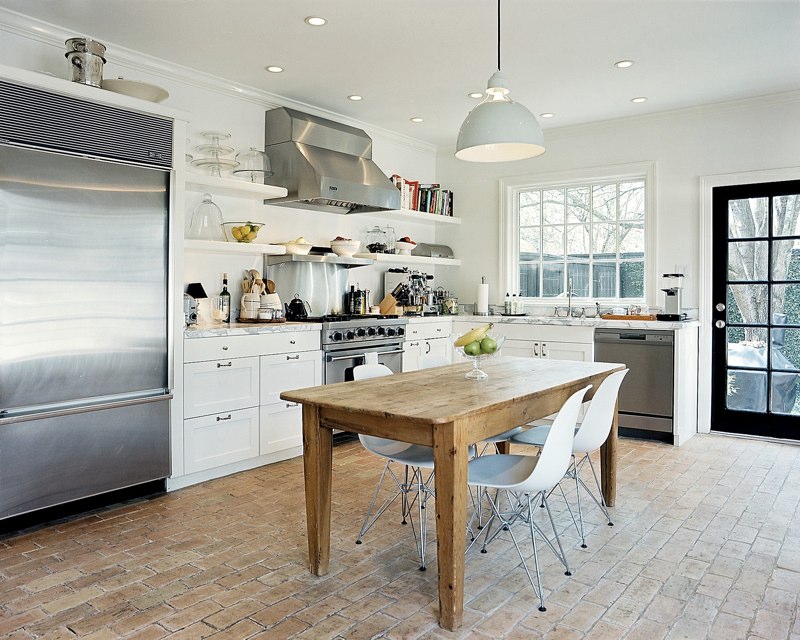
The Eames started out moulding plywood. They created a machine called the Kazam (after the saying Ala Kazam) into which they fed wood and glue and out came moulded plywood. Their first product was a leg splint based on Charles’ own leg. They received an order for 5,000 from the Royal Navy and were able to move out of the spare room.
In their new workshop, they continued to experiment with chairs, tables and the toy animals. Finally Herman Miller, the US furniture company (which still makes their work to this day) put some of their designs into production.
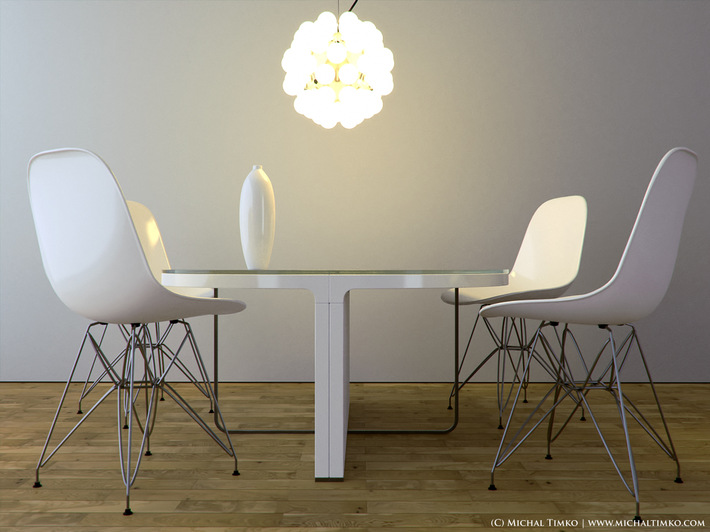
They continued to work at new designs and ideas all their lives. They employed a full time cook so they wouldn’t have to leave the studio to eat and when Charles died in 1978, Ray carried on until she died – exactly ten years to the day after her husband.

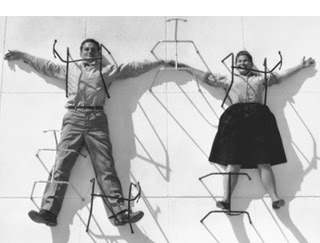



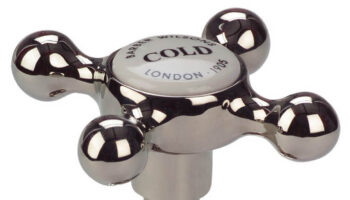

Dear madam,
I like the table from the tenniswood.co.uk picture very much.
Do you know the name of this table? I have the same green chairs.
https://www.madaboutthehouse.com/design-classics-36-the-eames-eiffel-chair/
Thank u very much.
Friendly greetings
Jim
We’ve just bought 6 repro version in different colours to go with a lovely sleek oak dining table which we already own. We can’t unpack them for another week or so (building work) but I’m so exceited that I keep peeking in the box!
I’m sat on one now! Great post.
a classic for sure…was sat in one today actually, very comfy…